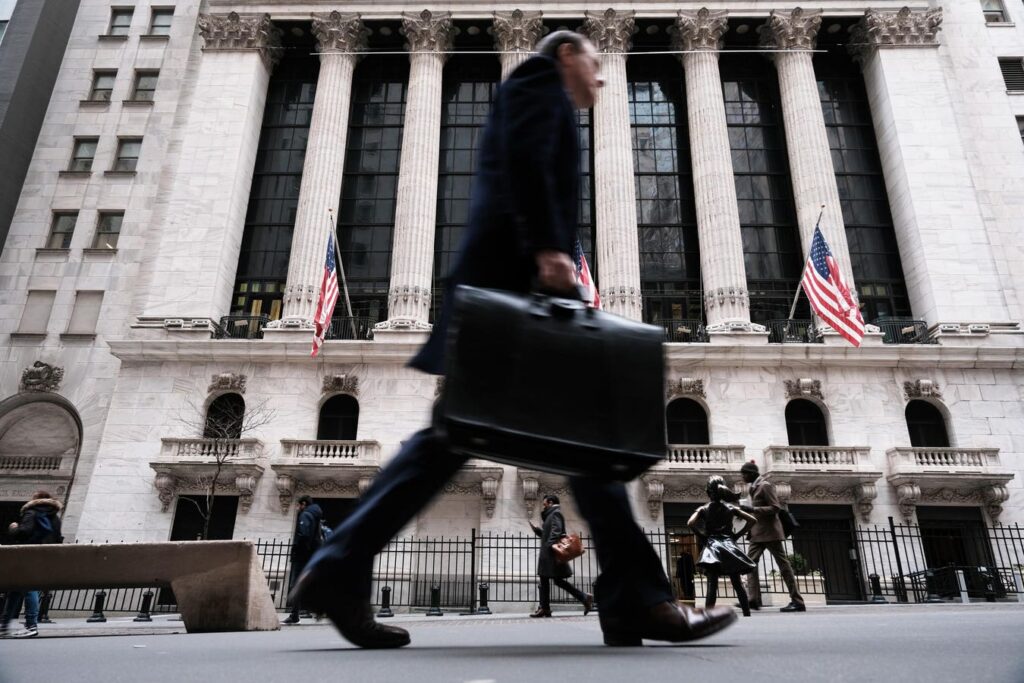The stock market selloff has laid bare a crisis of confidence on Wall Street over Washington’s policy direction, and tax-cut optimism — even the cuts themselves — may be not enough to lift investor spirits.
“The pace and sequencing of policy reform appear to have structurally impaired confidence, impeding growth forecasts,” said Lisa Shalett, Chief Investment Officer at Morgan Stanley, in a note to clients.
Meanwhile, the policy pivot to deregulation and tax relief Wall Street has been banking on since the election remains elusive. The problem isn’t just politics; the math simply doesn’t add up.
Even under the Republican base case, the cost of extending existing tax cuts is pegged at $4.5 trillion over the next decade. That’s more than double the proposed spending cuts of $1.5 to $2.0 trillion, much of which would have to come from Medicaid and Medicare.
“Even in the best-case scenario, the implication is limited genuine progress on the 10-year debt and deficit forecast,” Shalett wrote.
Investors hoping for growth from new cuts like the repeal of the SALT cap or exemptions on tip income may also be disappointed.
According to Shalett, “many of the proposals fall into [high fiscal multiplier] categories… [and] this is a very regressive policy stance, with the negative impacts unlikely to be offset by positive effects from tax cuts for higher-income households and corporations.”
Tariffs won’t close the gap
The administration has floated tariffs as a revenue solution, but here, the assumptions are questionable.
According to the Trump administration estimates, fully implemented tariffs — 25% on Mexico and Canada, 10% on China — could generate $120 billion annually.
But that figure is based on “a maximalist scenario enduring for a decade,” Shalett noted.
In reality, about half of Canadian and Mexican imports will be exempt under USMCA, and any revenue gains would likely be offset by retaliation, substitution, and declining import volumes.
“Tariff-revenue offsets [are] elusive,” Shalett added, and the unpredictability of trade policy has only made matters worse.
Markets need more than tax cuts
The S&P 500 may have pulled back, but it’s still not broadly cheap. Shalett noted that “with upcoming fiscal drag likely to weigh on earnings estimates, the S&P 500 is still not broadly cheap, despite improved risk premiums.”
Consensus earnings expectations have already dropped 3.5% for Q1. Shalett expects that “negative revisions [will] continue, undermining the ‘value’ argument that may be emerging from the drawdown.”
Her advice is to stay selective.
“Consider being opportunistic amid recent turbulence,” she said, pointing to stable growers in software, health care, and media, as well as financials and regional diversification in EM, Japan, and Europe. As she put it.
“Too soon to declare the ‘all clear,’ the market will likely remain volatile and idiosyncratic.”
Read the full article here

